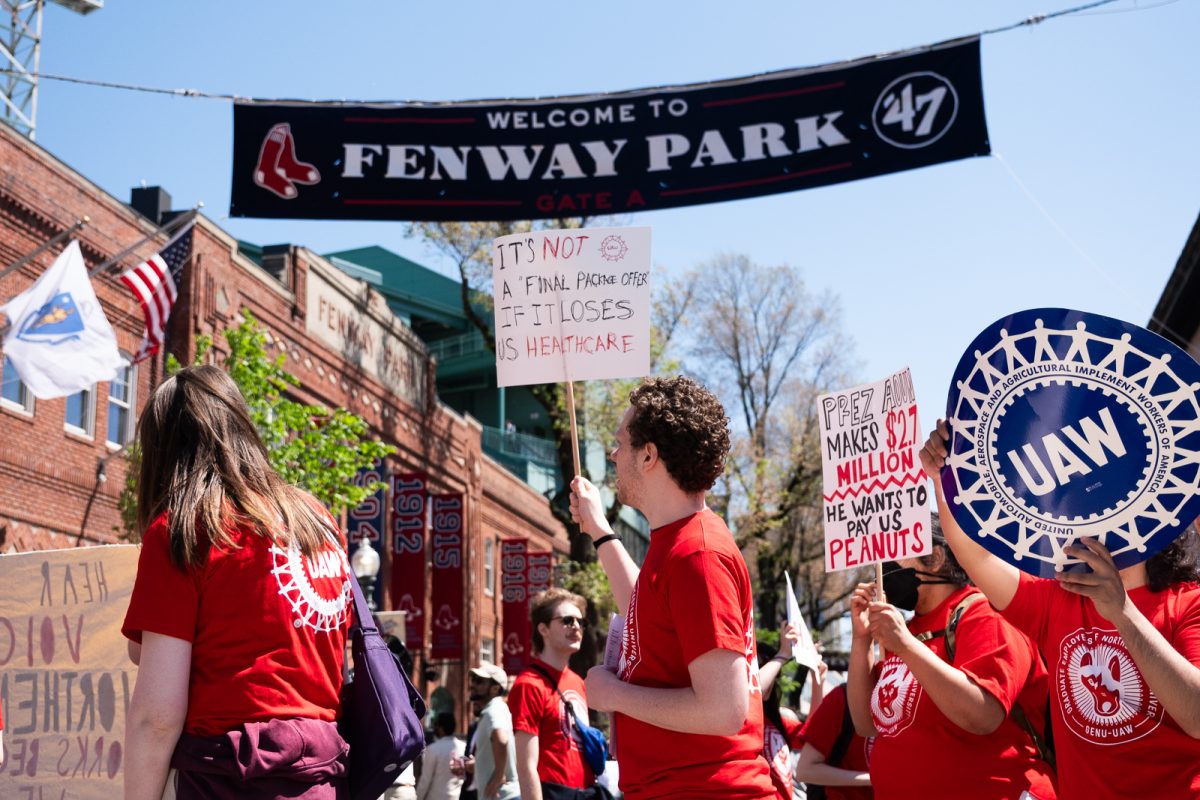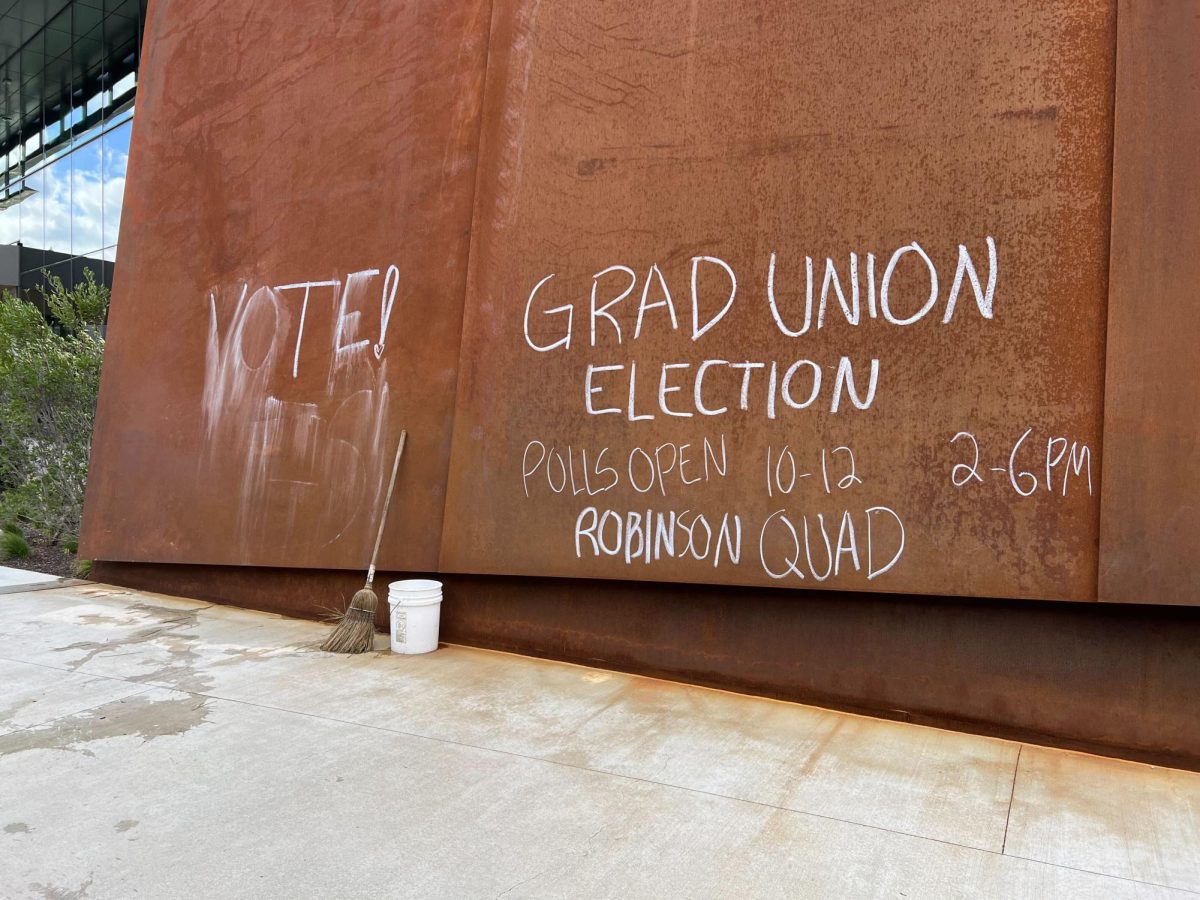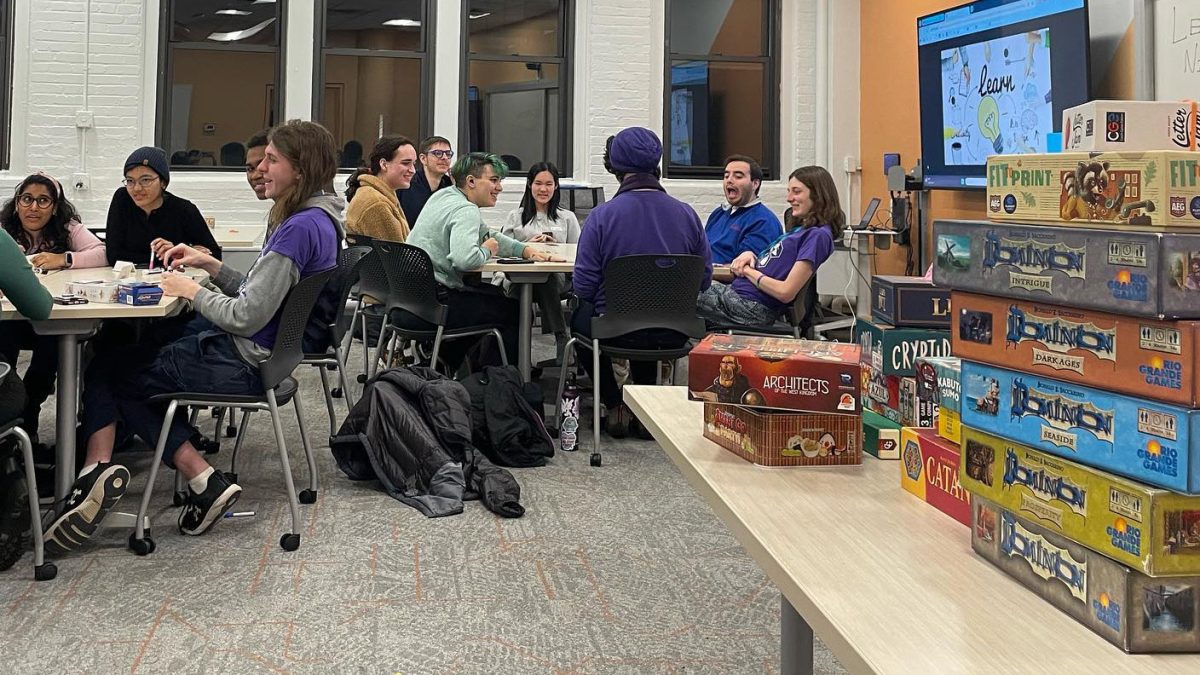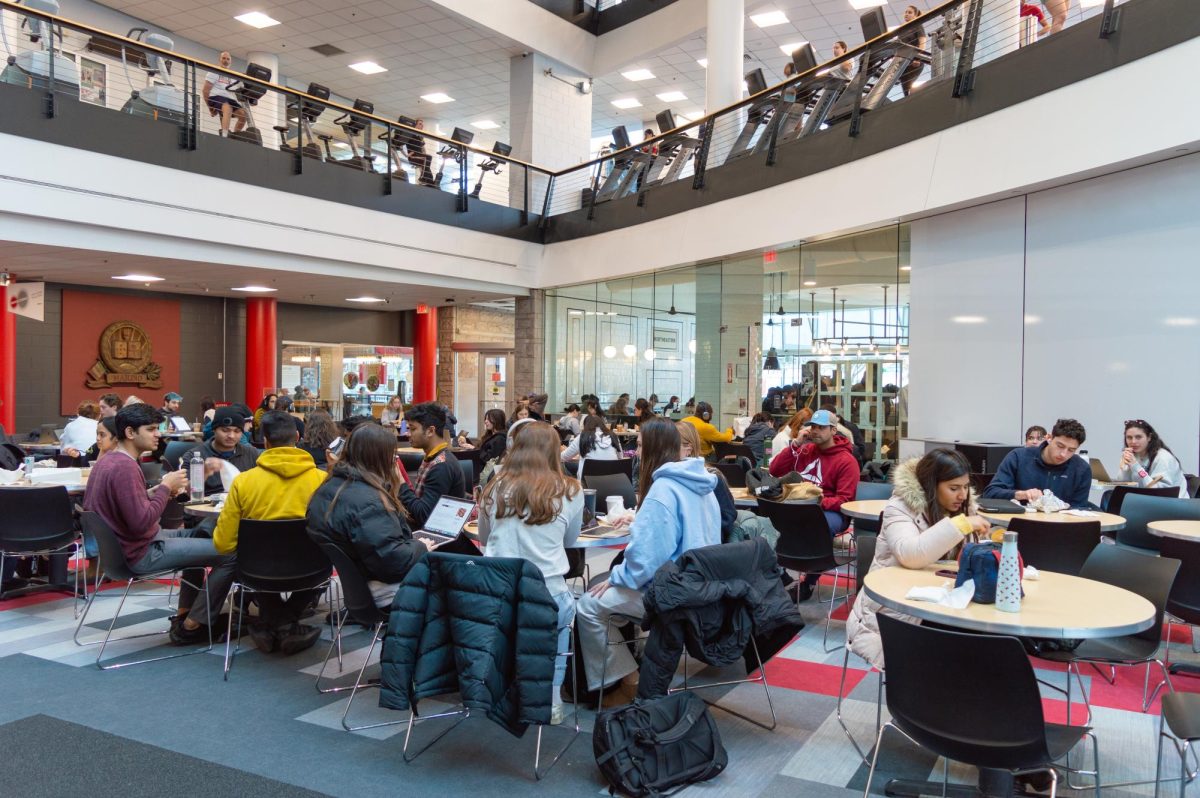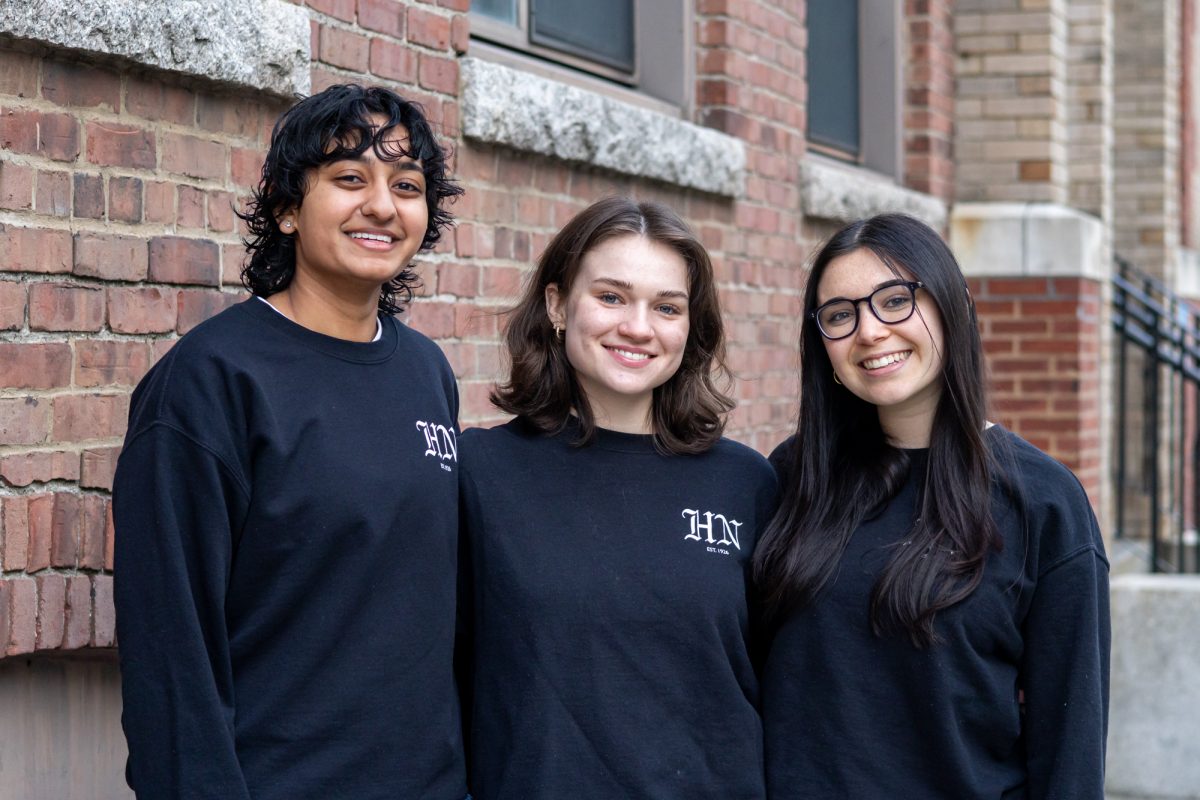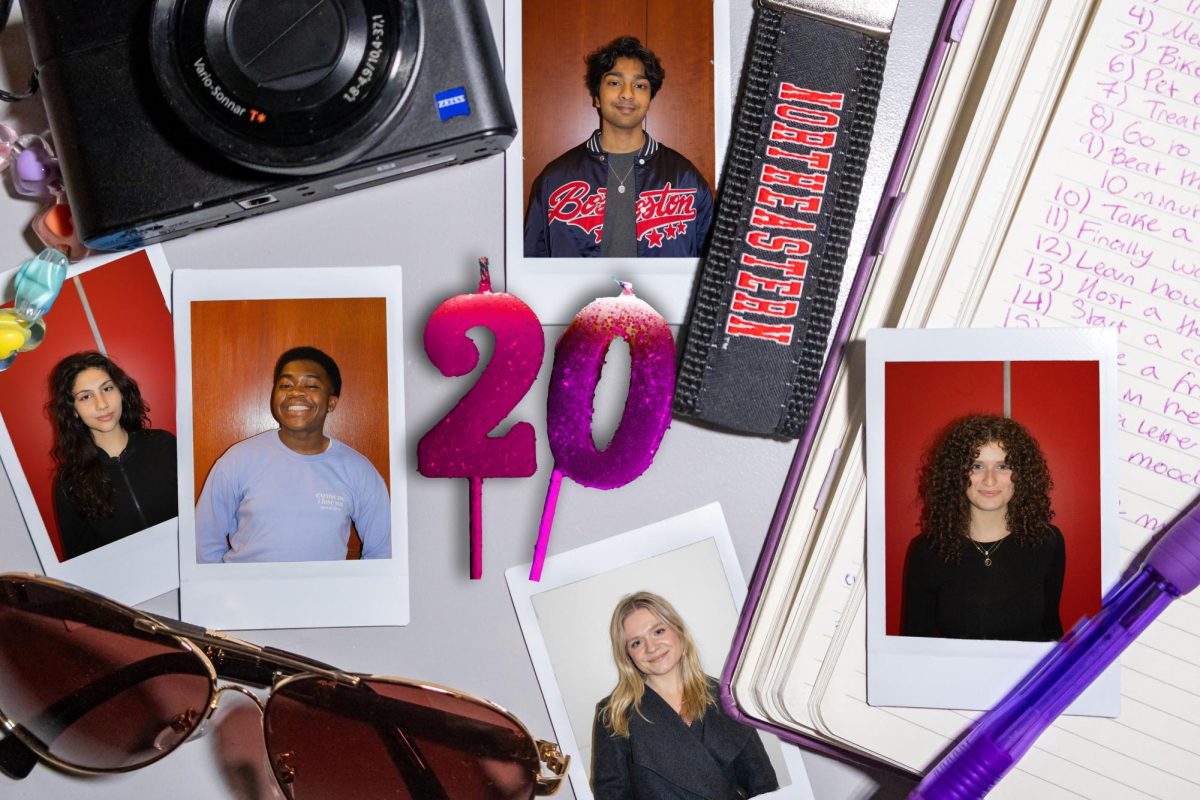By Steve Babcock
The student referendum to raise the Student Activities Fee officially passed Friday, March 7 by 99 votes, raising the fee from $17 a quarter to $100 a year, according to Student Government Association President Richard Schwabacher.
The referendum was facilitated by the Student Government Association, and 22 percent of the student body cast their votes on the myNEU website. The actual voting statistics will be made available by SGA Thursday, April 3.
Schwabacher, who was “very excited” about the passage of the student activities fee hike, feels that Northeastern students proved they are capable of expressing their desires.
“Part of being a competitive school is having a rich student life,” Schwabacher said. “Students felt that Northeastern wasn’t as competitive as it should be.”
Dean of Student Life Ron Martel echoed Schwabacher’s positive sentiments.
“This is a giant step for SGA, and our programming efforts. SGA has created a legacy that will long benefit the undergraduate student population,” he said to Schwabacher in an e-mail March 7.
The new fee will be instituted in the fall of this year, along with the semester system and new tuition price.
The fee, which is collected one time annually in the fall, is allocated by SGA to student groups and represents the basic university funding of most groups.
SGA cited reasons for needing the change when it introduced the proposal Oct. 31, 2002, stating that the current fee is “outdated,” as it comes from a period when Northeastern was mainly a commuter school, with little campus life.
Also, SGA said that the price of the raised fee is in line with what students at other colleges pay.
For the referendum to be valid, the university required 15 percent of the student body to vote. While falling short of his initial goal of 30 percent participation, which would far surpass the average for most universities, Schwabacher said that a 20 percent turnout still marked an achievement by the students and SGA.
“There is always the argument that NU students are “apathetic,” he said, “but I really think that if [student referendums] became part of the campus culture, we could get around 50 to 60 percent of students to vote every time.”
“It is really a tribute to Sam Klar and our entire group for getting out and convincing students to vote,” Schwabacher said.
Throughout the referendum, Klar, who was the vote’s manager, organized street teams made up of SGA members to set up around campus and talk to students about the referendum and convince them to vote.
“I think we’ve definitely showed as an organization that we can motivate students to express their opinion about how they want this campus to be run,” Klar said. “The street teams were really the integral part of that.”
Schwabacher, who said that the Boston University Student Government Vice President of Academic Affairs was “shocked” that so many students actually did vote for the referendum, said that now that SGA has shown that students can be reached, he is confident that referendums can be conducted all the time.


